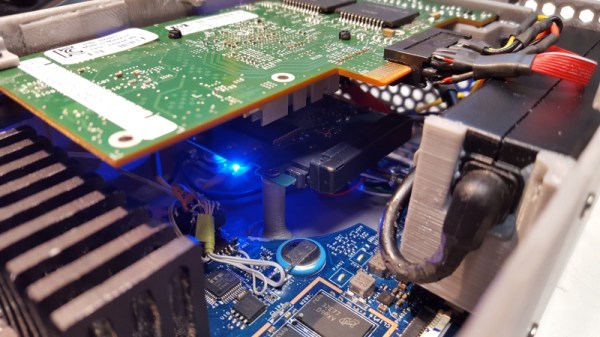The Internet is everywhere. The latest anecdotal evidence of this is a story of prison inmates that build their own computer and connected it to the internet. Back in 2015, prisoners at the Marion Correctional Institution in Ohio built two computers from discarded parts which they transported 1,100 feet through prison grounds (even passing a security checkpoint) before hiding them in the ceiling of a training room. The information has just been made public after the release of the Inspector General’s report (PDF). This report is fascinating and worth your time to read.

Prisoners managed to access the Ohio Department of Rehabilitation and Corrections network using login credentials of a retired prison employee who is currently working as a contract employee. The inmates plotted to steal the identity of another inmate and file tax returns under their name. They also gained access to internal records of other prisoners and checked out websites on how to manufacture drugs and DIY weapons, before prison officers were able to find the hidden computers. From the report:
The ODAS OIT analysis also revealed that malicious activity had been occurring within the ODRC inmate network. ODAS OIT reported, “…inmates appeared to have been conducting attacks against the ODRC network using proxy machines that were connected to the inmate and department networks.” Additionally, ODAS OIT reported, “It appears the Departmental Offender Tracking System (DOTS) portal was attacked and inmate passes were created. Findings of bitcoin wallets, stripe accounts, bank accounts, and credit card accounts point toward possible identity fraud, along with other possible cyber-crimes.”
The prisoners involved knew what they were doing. From the interview with the inmate it seems the computers were set up as a remote desktop bridge between internal computers they were allowed to use and the wider internet. They would use a computer on the inmate network and use a remote desktop to access the illicit computers. These were running Kali Linux and there’s a list of “malicious tools” found on the machines. It’s pretty much what you’d expect to find on a Kali install but the most amusing one listed in the report is “Hand-Crafted Software”.
This seems crazy, but prisoners have always been coming up with new ideas to get one over on the guards — like building DIY tattoo guns, When you have a lot of time on your hands and little responsibility, crazy ideas don’t seem so crazy after all.





















